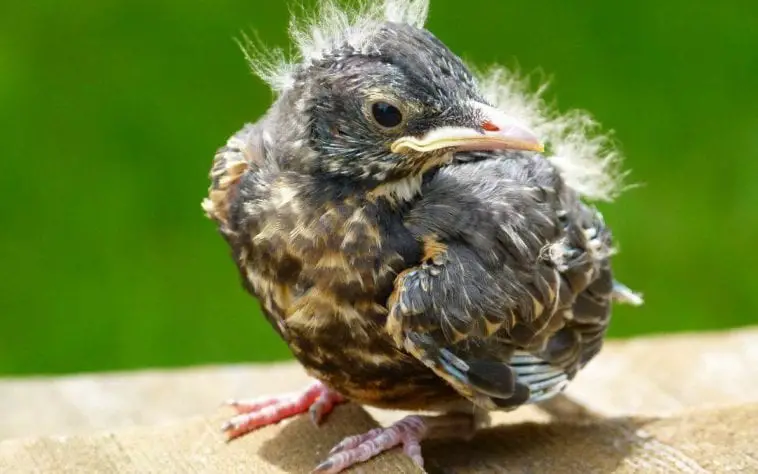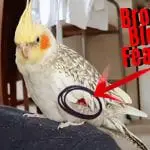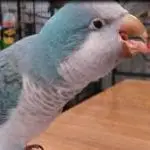Growing and re-growing of the feathers of a bird is a natural process. The birds replace their old feathers on a regular basis, just like us humans cutting out nails, and it is re-growing. A parrots molting process is something that is very important to the being of its life.
What Is Molting Process?
It is when a parrot sheds and worn out its old feathers and grows a new and fresh one. Healthy feathers are the birds’ biggest possession as they allow a parrot or a bird to fly and escape stressful and dangerous situations. Changing the bird’s feather to be healthier and to look more fresh is what happens after the molting process.
Abnormal Molts
At some point, the molting process of birds is out of season. This case is actually caused by different stress factors, such as an abrupt change in the temperature. Unscheduled molts were caused by mating and breeding. Illness and parasites can also manipulate the birds molting process.
This condition irritates the bird’s skin, and that causes the feathers to fall in odd patterns. When this happens, the new feathers do not grow back until the stressing factors in the bird’s life have been removed in order for the bird to make the molting process normally.
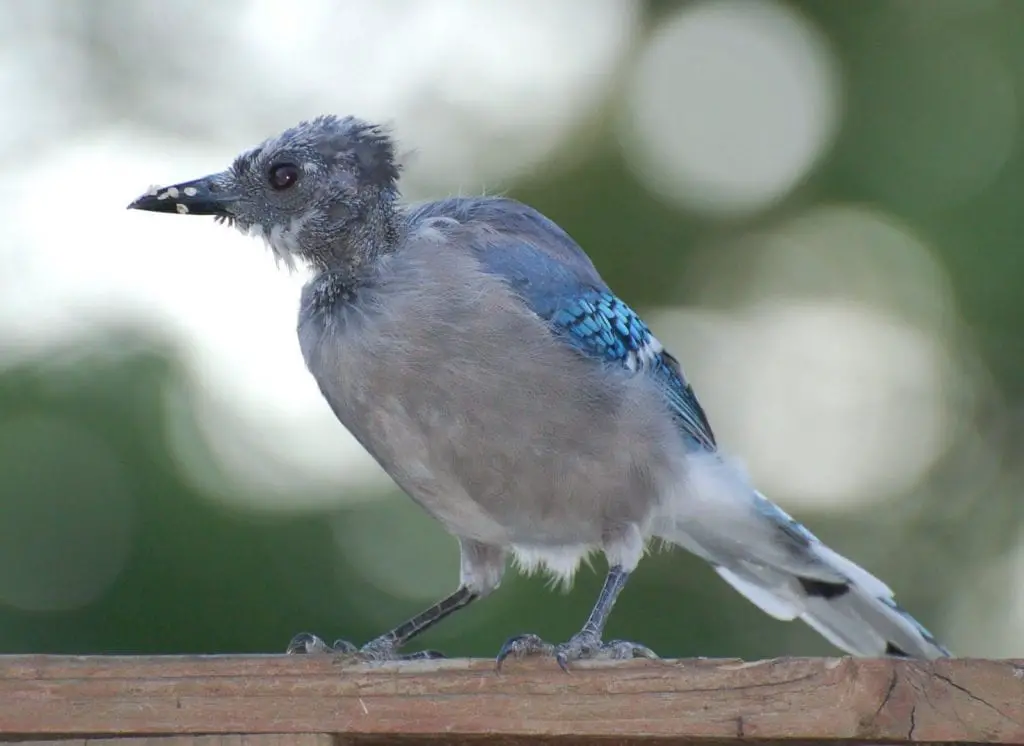
How Long Does the Molting Process Last?
The regrowing of feathers takes around 12 months or maybe until the next molt period. This doesn’t occur in all cases. It all depends on how the bird’s situation is. Either the bird is in stress behavior, it might change the process, and it is called the Abnormal Molt but if the bird is normal, then this might be applied.
The Parts of Birds’ Feathers
Feathers of a bird are made out of keratin. Here are the parts of birds’ feathers:
1. Calamus- it’s a hollow shaft in the feather that attaches the feather to the bird’s skin.
2. Rachis- it is where the vanes are attached.
3. Vane- it is a flattened part of bird feathers that were attached on either side of the rachis.
4. Barbs- it is the numerous branches of the rachis that forms the vanes.
5. Barbules- a tiny extension from the barbs that were held together by the barbicels.
6. Barbicels- it is the tiny hooks that were interlocked to hold on to the barbules together.
Why Do Birds Pluck Their Feathers?
Birds pluck their feathers due to their aggressive behaviors and that they are also overactive. Sometimes birds pluck their feathers to show anxiety. The anxiety of birds, especially a parrot given that they are a domestic pet, is caused by a lack of sunlight, lack of fresh air, diseases like feather cyst, and parasites like the ringworms. Also, skin infections or inflammation, metabolic disorders, malnutrition, and dryness of the skin due to the low humidity may cause plucking of birds’ feathers.
Poisoning by heavy metals like zinc, boredom, and allergies to environmental factors may also cause this condition, as well as food, emotional stress, and, most importantly, the disturbance of their circadian rhythm. A circadian rhythm is a physiological 24-hour cycle. Birds are a domestic animal but they do also need their natural habitat for them to experience and for them not to be a stranger on their natural habitat. They should also have the freedom to see the sunlight and nature to be able to be more progressive and for the parrots not be in distress.
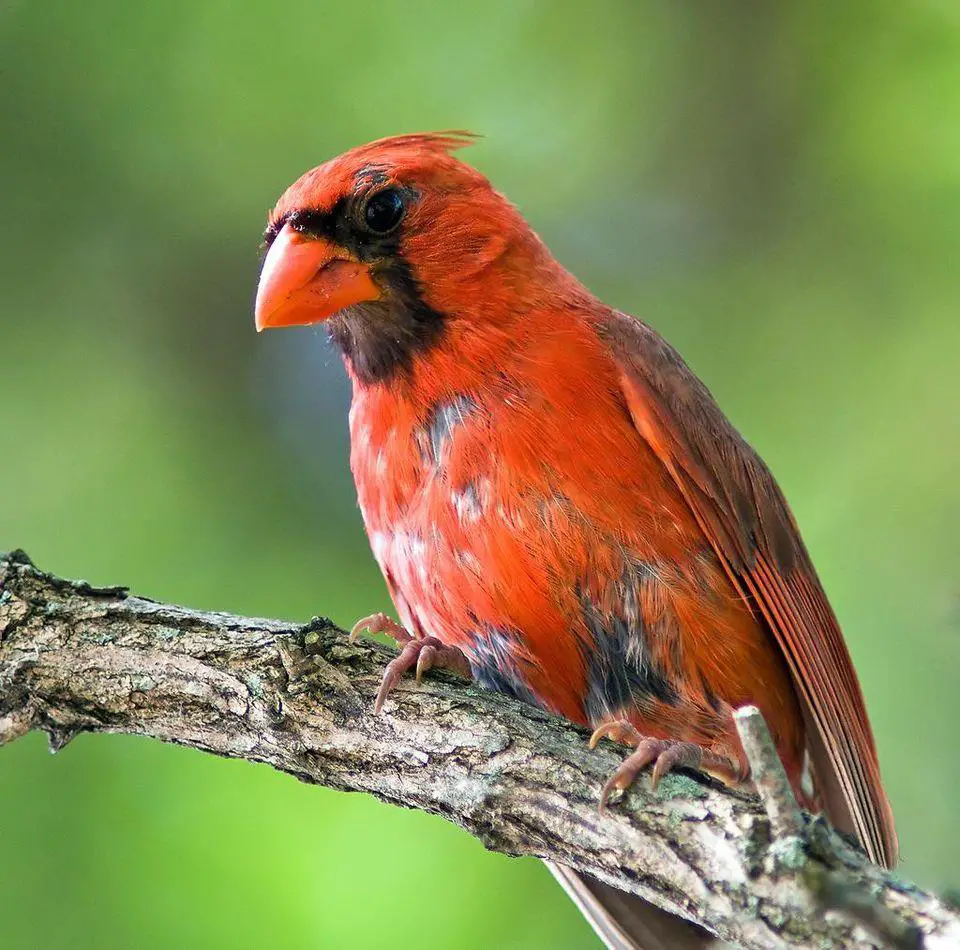
Steps on How to Help Parrots Grow Their Feathers
1. Spray water to your parrot two times a day to make them feel more comfortable. Misting the bird regularly will result in the softening of the hard sheath of the bird that forms around the pin feathers. This will make the feathers to be removed easier once the new feathers of the bird grow in. Letting the bird misted is also giving the bird a relaxation.
2. Let the parrot rest more than its usual resting periods. Put your bird in a shaded or dark area wherein the bird won’t be disturbed for at least 12-13 hours a day during the bird’s molting process. Remember, always be patient with your bird and let your bird get all the rest that it needs.
3. Do not pet your bird while it’s pin feathers are coming in. The bird pin feathers were filled with blood, and it is very sensitive when they first start growing in. Once the bird’s feathers grow in around the hard sheath around its base of the bird’s feather flakes off, it’s time for you to pet your bird again without hurting them.
4. Keep the parrot in a room-temperature zone. The parrots are tropical birds, but making the room too hot while the bird is in the molting process may cause the bird additional discomfort. Keep your bird away from windows or open doors if the weather is cold.
5. Once the feather of the bird grows, start rolling your fingers on the bird’s head and neck. This helps the bird to remove the flaky sheath on the spots that can not be reached during the molting process.
6. Give the parrot an extra protein and a slice of fresh cucumber daily for them to gain more nutrients. The parrot being healthy is a success for the reason that it gives the parrot a longer lifespan in this world. The right proteins and nutrients that were given to a parrot prolongs its life
7. When your parrot molts twice a year, take your parrot now to a vet to be checked. Once this happens, your bird is not getting the right diet, or it might also their light cycle is off. If your bird is in the molting, process feed it with enough food and nutrients. Your parrot should also receive 10-12 hours of sunlight and also 10-12 hours of darkness in a day.
8. Once the pin feather of your bird starts to bleed, immediately take your bird into a vet. A carrots pin feather is full of blood, and it won’t clot when it is damaged. When this happens, it could cause your parrot to bleed if one or more of the birds pin feathers were damaged or broken. If this happens, the feathers must be removed by an avian veterinarian. There is a chance that your bird will die if you don’t make a move.
9. Comfort. Try the best way for your parrot to be more physically comfortable. Always make sure that your bird is in a moderately warm room and also away from drafts, air vents, and ceiling fans. Giving comfort to your parrot is a great contribution to the molting process of your parrot. It serves as a new chapter of their life.
10. Do sympathize with your birds’ discomfort. An irritable parrot can show or express its frustration with more squawking and uncooperative behavior. Sympathizing to your bird shows his support on what’s happening on your bird as an owner.
Video Source: Youtube
Conclusion
As the molting process ended, your parrot should always get good treatment among its owners. The molting process of a parrot is something that creates a boundary between life and death among parrots. Birds take a serious risk on the molting process. If they do not get support from its owners there’s a risk that they will die because of not having great comfort and care. Enough care towards your bird is being the gateway to a successful molting process.
